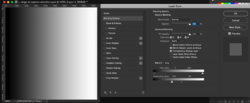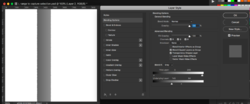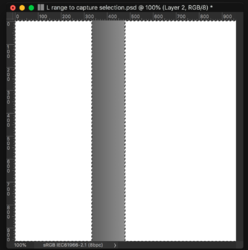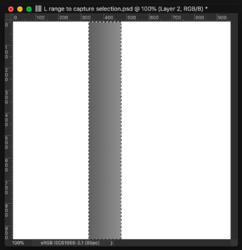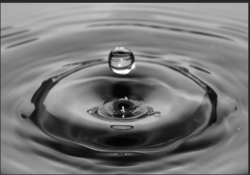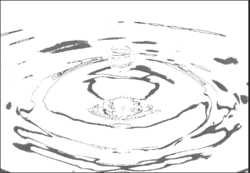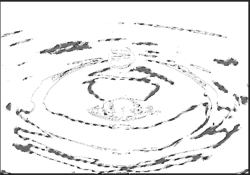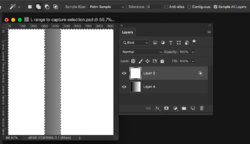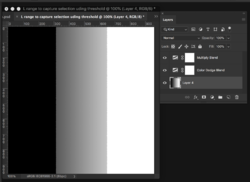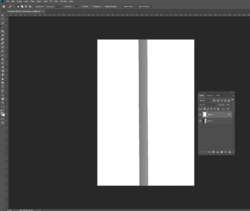Hello,
I have a black & white image and would like to make a selection of that image consisting of all pixels that fall within the luminosity range of L:45 to L:55 (using the LAB color scale).
I'm trying to make selection base on value of L in Lab color. Let say my selection to be from L=45 to L=55 which represents Zone #5 in zone system.
I did try few luminosity masks panels but it is not what I'm looking for. I like to create selection for any combination of L, clean selection - with no feather, or any other modification.
(PS CC, Windows 10, RGB converted to B&W)
Thx in advance
I have a black & white image and would like to make a selection of that image consisting of all pixels that fall within the luminosity range of L:45 to L:55 (using the LAB color scale).
I'm trying to make selection base on value of L in Lab color. Let say my selection to be from L=45 to L=55 which represents Zone #5 in zone system.
I did try few luminosity masks panels but it is not what I'm looking for. I like to create selection for any combination of L, clean selection - with no feather, or any other modification.
(PS CC, Windows 10, RGB converted to B&W)
Thx in advance

